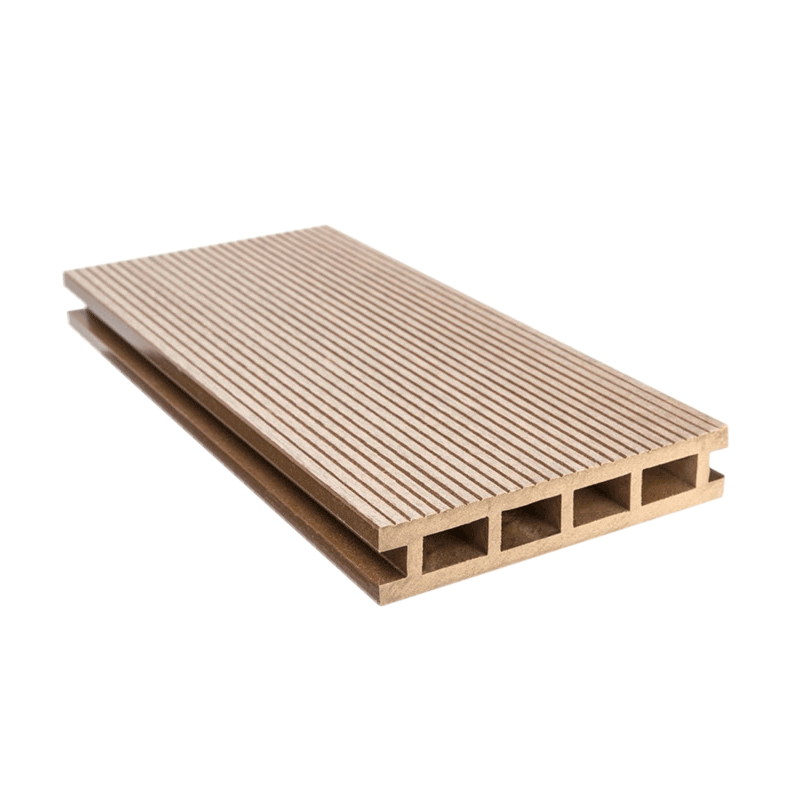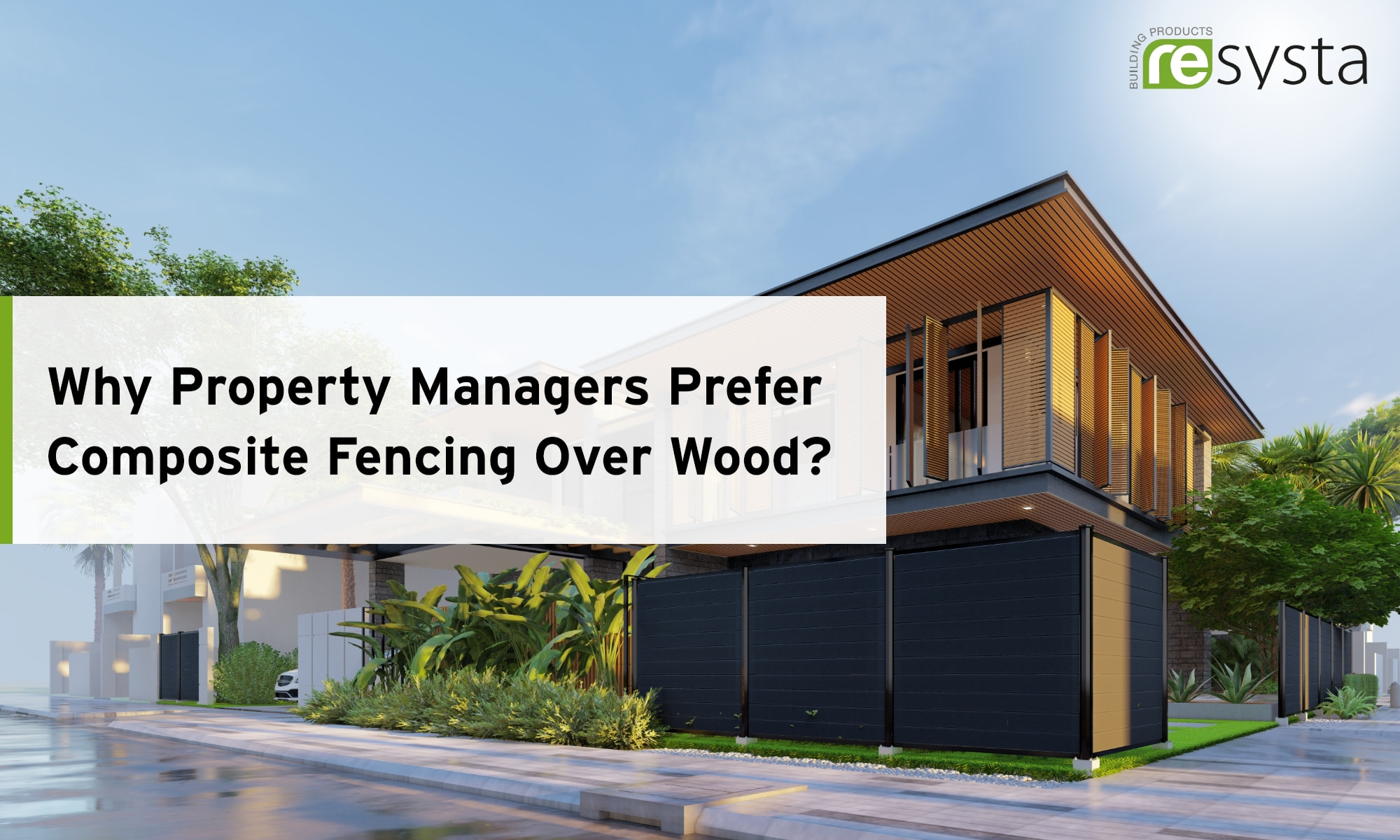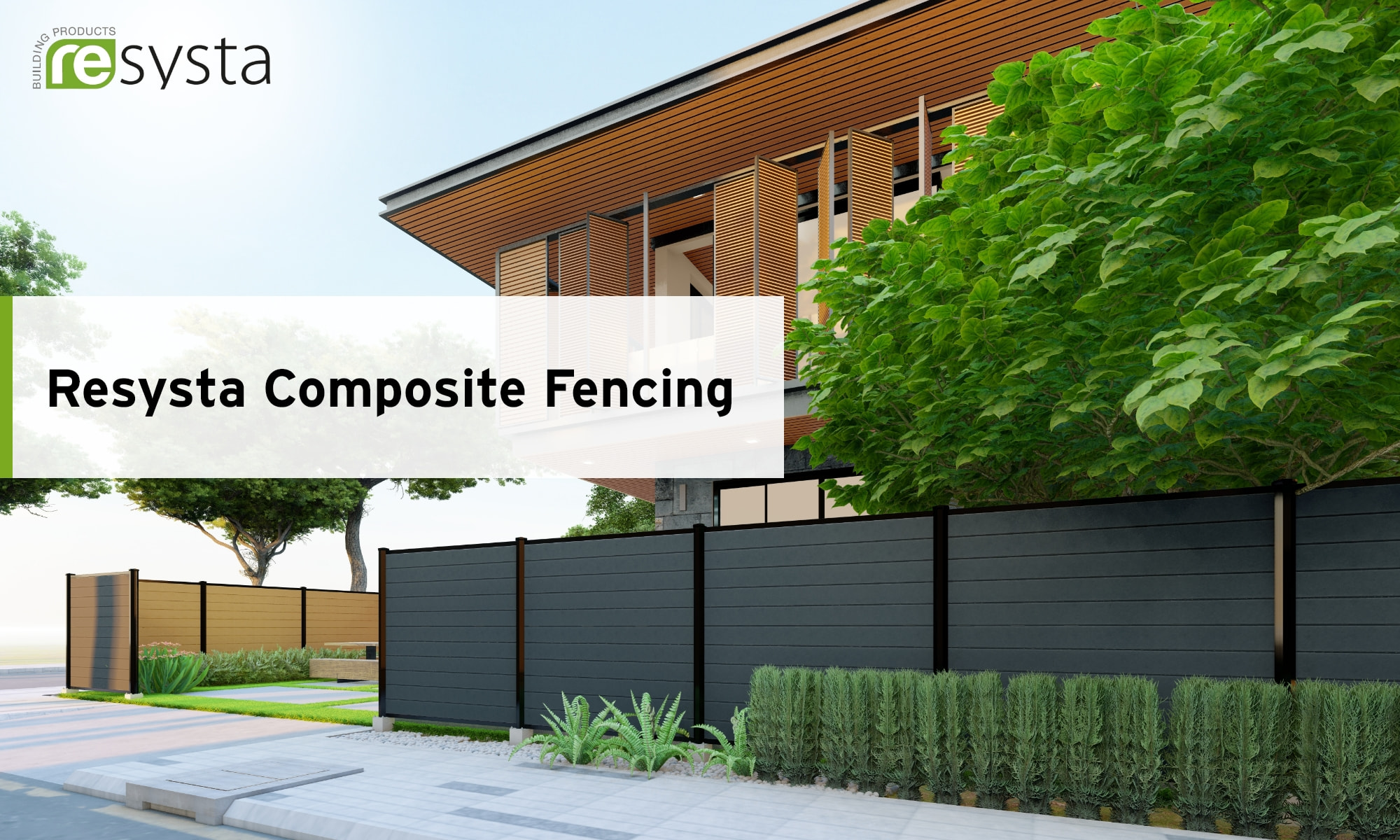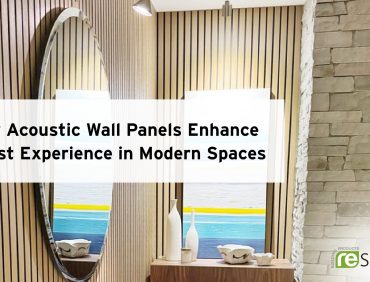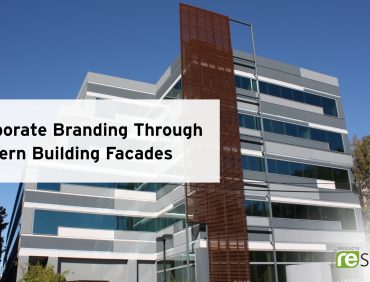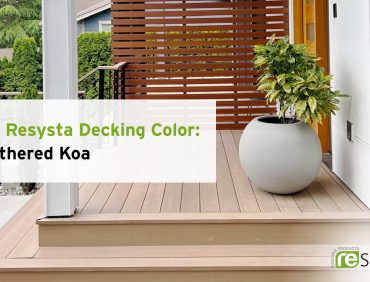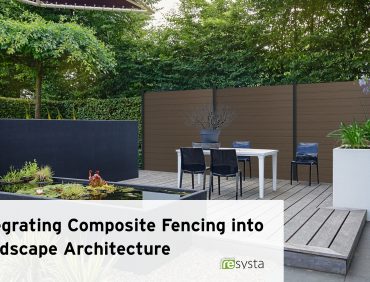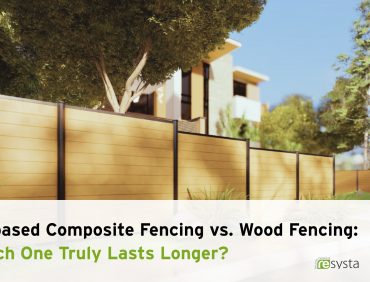Composite fencing offers property managers a smarter alternative to wood. It delivers durability, safety, and long-term savings while supporting sustainability goals. With lasting curb appeal and reduced upkeep, it enhances property value and keeps tenants satisfied.
Shifting Priorities in Property Management
Property managers today face growing pressure to balance budgets, tenant satisfaction, and environmental responsibility. One overlooked feature that impacts all three is fencing. While wood has long been the traditional choice, the demands of modern property management reveal its drawbacks. Composite fencing has emerged as the preferred option, offering cost efficiency, durability, sustainability, and aesthetic appeal.
Key Takeaways
✓ Lower long-term costs: Composite fencing reduces maintenance and repair expenses, freeing budgets for other priorities.
✓ Eco-friendly choice: Sustainable materials align with modern property management and regulatory goals.
✓ Better tenant experience: Consistent durability and appearance keep tenants happy and improve retention.
Cost Efficiency Beyond the First Installation
Wood fencing may look affordable upfront, but the long-term costs tell a different story. Property managers must often budget for sealing, staining, repainting, and frequent repairs. Over time, these recurring costs exceed the original installation price.
Composite fencing, on the other hand, requires minimal upkeep. A simple wash is usually enough to keep panels looking new. No staining, no sealing, no costly repairs due to rot or pests.
For rental properties or multi-family units, these savings add up quickly. When scaled across multiple properties, the reduced expenses significantly boost profitability. In competitive markets, lower maintenance costs also allow managers to allocate resources to upgrades that directly enhance tenant satisfaction.
Durability and Safety Advantages
Wood is vulnerable to nature. Rain, moisture, UV exposure, and termites all accelerate its deterioration. This often leads to warping, splintering, or structural instability, creating safety hazards for tenants, especially children and pets.
Composite fencing panels resist these common problems. They are engineered to stand strong against weather, resist pests, and retain their shape. Unlike wood, they do not splinter, making outdoor areas safer for everyday use.
For property managers, durability means fewer complaints, fewer liability risks, and less downtime for repairs. Safe and stable fencing supports a positive tenant experience while maintaining property standards.
Sustainability and Regulatory Alignment
Sustainability is no longer optional. According to the U.S. Environmental Protection Agency, sustainable materials management reduces environmental impacts while supporting long-term economic goals
Composite fencing is made with recycled or advanced materials that mimic the look of natural wood without the environmental cost of deforestation. By choosing composite, property managers align with eco-friendly building standards and contribute to greener communities.
Resysta Building Products USA provides sustainable composite fencing alternatives made with advanced materials that replicate natural wood while meeting modern property management goals.
These choices also strengthen a property’s brand image, signaling to tenants and investors that management values sustainability and responsible development.
Tenant Experience and Aesthetic Appeal
Tenants notice more than just walls and floors, they notice outdoor spaces, too. Fencing plays a key role in shaping a property’s appearance and overall feel.
Composite fencing maintains a consistent look over time, avoiding the fading, cracking, and uneven wear that wood develops. This reliability protects curb appeal and ensures the property looks well cared for year after year.
Additional benefits include:
- Privacy: Solid, stable panels create a secure environment.
- Noise reduction: Quality fencing helps reduce external noise, improving comfort.
- Design flexibility: Multiple colors and finishes allow managers to match the property’s style or branding.
Well-kept exteriors not only keep tenants satisfied but also attract prospective renters, enhancing property value and reducing turnover.
Long-Term Investment Outlook
For property managers and owners, fencing is more than just a boundary, it’s an asset. While wood may seem cheaper initially, its maintenance costs and shorter lifespan reduce overall returns.
Composite fencing delivers higher ROI. It extends the time between replacements, lowers upkeep costs, and improves tenant satisfaction, all factors that support steady cash flow and long-term stability.
In real estate markets where competition is tight, these advantages can make a property more appealing. Managers who invest in durable, sustainable features signal reliability and forward-thinking management to both tenants and stakeholders.
The Case for Composite Over Wood
When weighing cost, durability, sustainability, and tenant satisfaction, composite fencing consistently outperforms wood. It reduces maintenance headaches, lasts longer, and supports greener building practices, all while enhancing curb appeal.Resysta USA offers sustainable composite fencing boards that combine the beauty of wood with modern durability. Request a FREE Sample today and explore how Resysta’s innovative composite fencing, available in over 30 colors, can transform your property with lasting style and durability.
FAQs
Why is composite fencing better for property managers than wood?
Composite fencing lasts longer, requires less upkeep, and provides better safety than wood. Property managers save money and tenants enjoy a more reliable, attractive environment.
How does composite fencing reduce maintenance and costs?
Unlike wood, composite fencing doesn’t need staining, sealing, or constant repairs. A quick rinse is often all that’s needed, which cuts ongoing costs for property managers.
Can composite fences improve property value and tenant appeal?
Yes, composite fencing enhances curb appeal with a consistent, attractive look. Tenants appreciate the privacy, safety, and low-maintenance benefits, making them more likely to stay long-term.
